The birth of the new Quy Mong commune, on the basis of merging the three communes Quy Mong, Y Can, Kien Thanh ( Lao Cai province). The merger is not only a change in administrative boundaries but also a convergence of separate potentials and strengths, opening up a large development space, promising a prosperous future for this land.
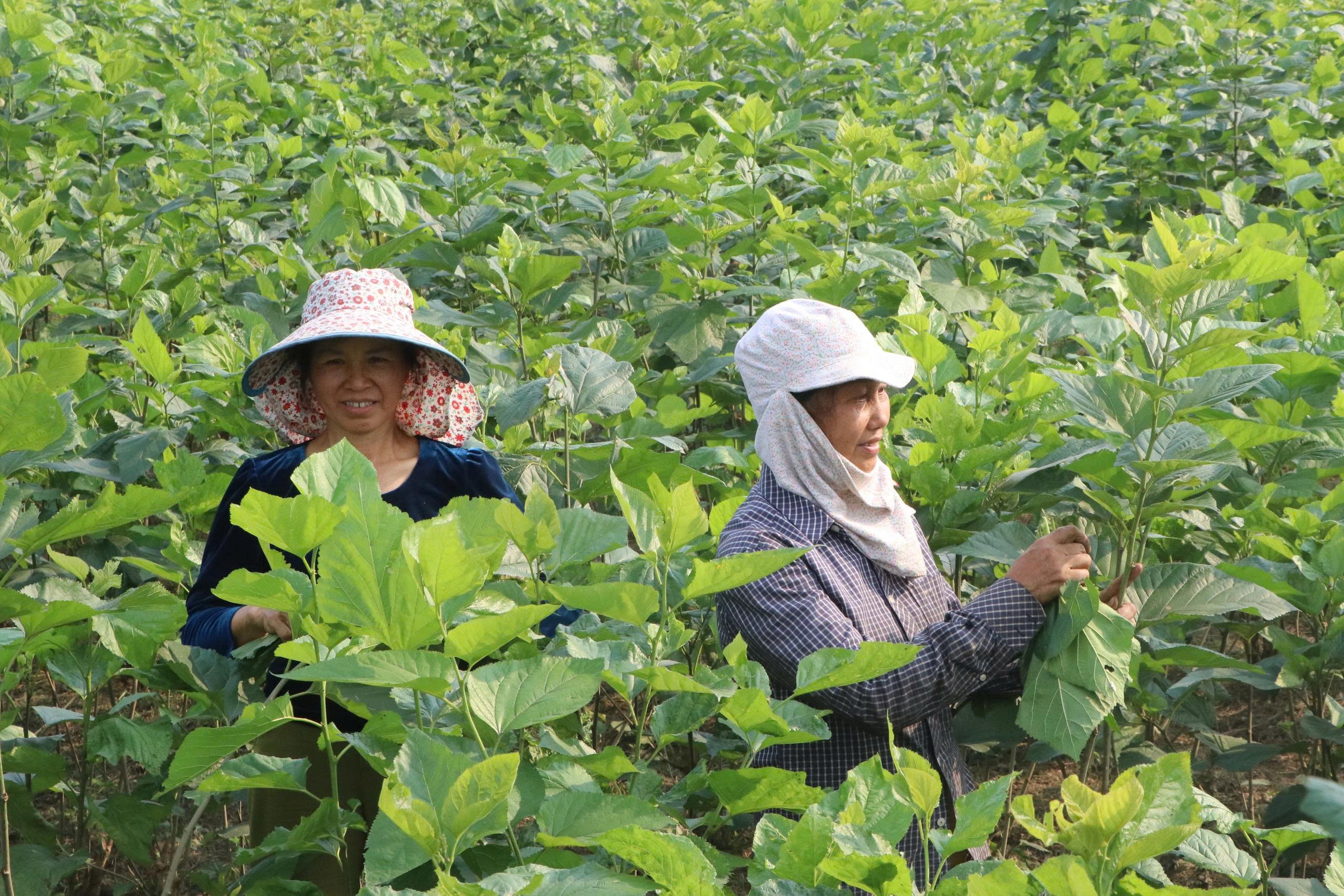
The power of resonance from the "tripod"
Quy Mong today is a vast land with a total natural area of nearly 150km² and a population of more than 16,000 people, of which ethnic minorities such as Tay, Dao, Muong, Mong... account for about 63%. The diversity of culture and people is an abundant internal resource, creating a unique identity for the new land.
Mr. Tran Ngoc Thu, Secretary of Quy Mong Commune Party Committee, said that the merger is not simply a mechanical addition but has opened up a new, diverse and potential development space based on natural conditions, culture - society , customs... in which each old commune has its own characteristics and different strengths.
Each piece of the new Quy Mong puzzle carries its own unique value.
If the old Quy Mong commune is a place with a long-standing agricultural production area and religious culture, Y Can is the gateway for trade and industry, and Kien Thanh is the green lung of the hill and forest economy.
The old Quy Mong is proud of its galangal (arrowroot) raw material area of more than 70 hectares, associated with famous OCOP vermicelli processing villages, and a mulberry growing and silkworm raising area of more than 150 hectares.
This place is also a unique cultural and religious center with a system of communal houses and temples ranked as provincial relics such as Quy Mong Communal House and Temple, creating great potential for spiritual tourism.
Meanwhile, the old Y Can commune has a strategic advantage in terms of transportation. Located near the IC13 intersection of the Noi Bai - Lao Cai highway, with provincial road 166 and the Hai Phong - Hanoi - Lao Cai railway running through, Y Can becomes an ideal connection and freight transport hub.
The urbanization potential in Quyet Tien and Thang Loi villages is gradually taking shape with the planning of Y Can industrial park and cluster, promising a strong economic restructuring in the near future.
Kien Thanh has long been known as the "capital of cinnamon and bamboo shoots of Bat Do" of Tran Yen district in the past. This is a key area for developing the hill forest economy associated with environmental protection, home to the Tay, Dao, and Mong ethnic groups with unique festivals and customs, a solid foundation for developing community tourism and cultural experiences.
Among the lush green mulberry fields on the banks of Nam Lau stream, Ms. Hoang Thi Luyen, a resident of Dong Tien village (old Quy Mong commune), shared: "In the past, each commune did things differently, but now that they have merged, the common work is much more convenient. The new commune officials are active, going down to the local areas to guide the techniques of growing mulberry, raising silkworms, and linking consumption with businesses. People clearly see the benefits of the merger: convenient roads, more spacious schools, and widely promoted agricultural products. We believe that the new Quy Mong will develop even more strongly."
The merger has created a strong momentum, turning individual potentials into huge combined resources. The new Quy Mong quickly took shape to become a large-scale, sustainable green agricultural production area.
Currently, Quy Mong commune has a cinnamon growing area of nearly 5,800 hectares, Bat Do bamboo shoots of nearly 2,300 hectares, a mulberry growing area of nearly 300 hectares, and a stable galangal growing area of more than 70 hectares.
In addition, the clean vegetable growing model according to VietGAP standards on a scale of over 8 hectares is bringing positive results. Forest management and protection work is given special attention, bringing the total forest coverage rate of the commune to 73.7%, a proud number for a mountainous locality.
Up to now, Quy Mong has had 11 OCOP products achieving 3 to 4 stars, all of which are key products with strong local identity such as cinnamon, bamboo shoots, and citrus fruits.
Many products have been granted VietGAP, organic and geographical indication certifications, affirming their position, quality and reputation in the market. Before the merger, all three communes had been recognized as meeting advanced new rural standards, with 25/30 villages achieving model new rural standards.
People's lives are constantly improving, with average income in 2024 estimated to reach 64 million VND/person/year, demonstrating the solid foundation, consensus and high determination of the entire political system and people.
Along the newly opened road connecting Quy Mong commune center with Y Can industrial cluster, Mr. Ly Van Chan, a resident of Thang Loi village, happily said: "In the past, this was just a dirt road, making it difficult for trucks to travel, and agricultural products were slow to sell. Since the merger and investment in infrastructure, the roads have widened, electricity has been bright, and traders have come to the site to buy cinnamon, bamboo shoots, silkworm cocoons. People are very excited. Everyone feels like they are part of a land that is changing every day."
Mr. Pham Van Hoan, Chairman of Quy Mong Commune People's Committee, said: "The merger has created a new, dynamic, united and aspirational Quy Mong. On that journey, the laughter of the people mixed with the sound of cinnamon cutting machines and the rustling sound of silkworms eating mulberry leaves every night, is a vivid proof of the people's belief and constant efforts to rise up."
From the existing foundation, with a clear orientation, Quy Mong is gradually transforming itself into a green agricultural area, an industrial and commercial center and a unique eco-tourism destination of Lao Cai in the near future. Focusing on developing green agriculture associated with preserving cultural identity.

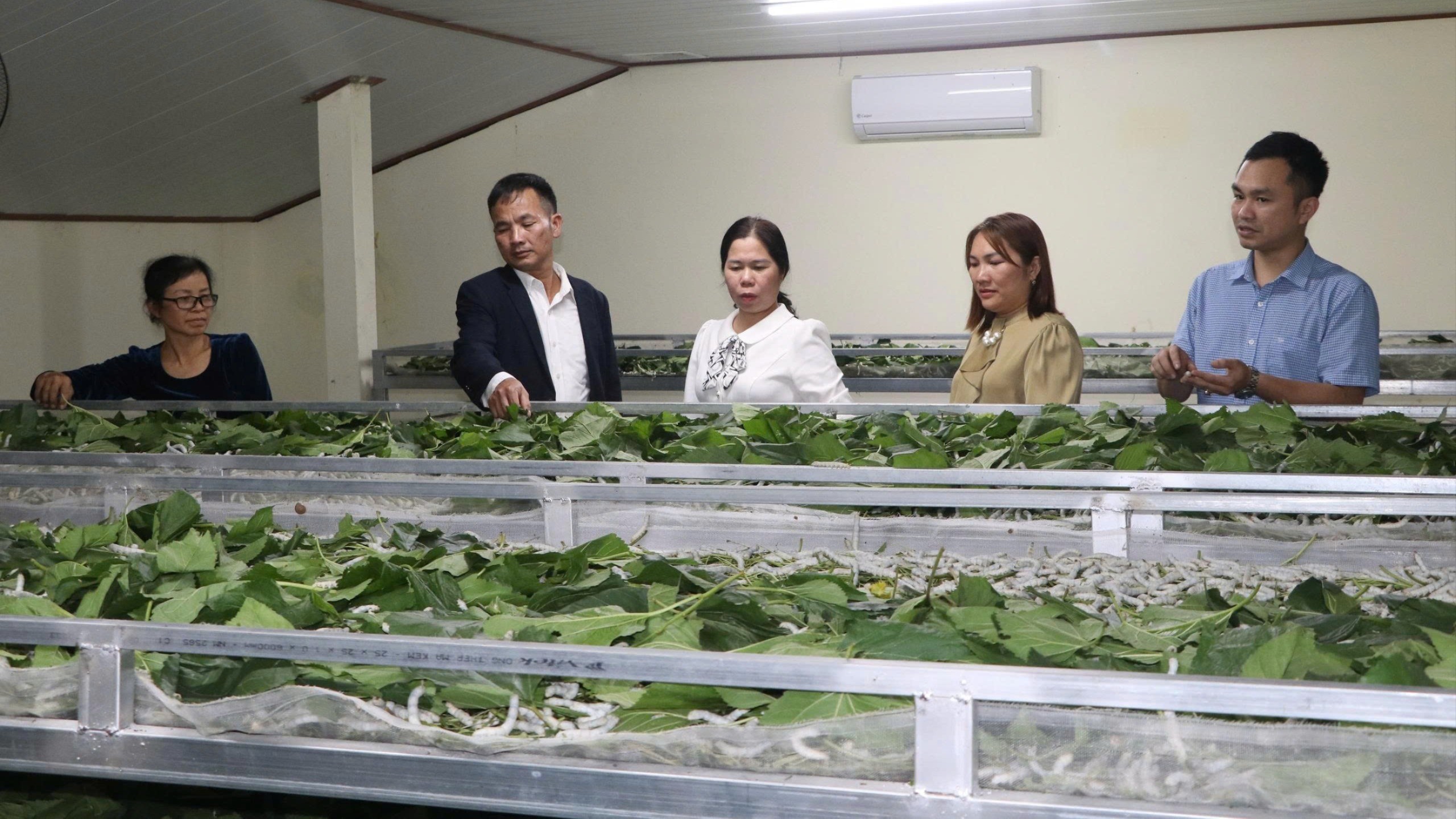
Focus on developing green agriculture associated with preserving cultural identity
Over the past years, Quy Mong has made many strong changes, from a purely agricultural commune with many difficulties to a dynamic locality, gradually effectively exploiting its existing potential and advantages. The economic structure has shifted in a positive direction; the material and spiritual life of the people has been increasingly improved; the rural appearance has become more and more prosperous. On that basis, entering the 2025-2030 period, Quy Mong clearly defined its development vision: "Promoting potential and advantages, developing a green and sustainable economy; determined to build Quy Mong commune into a fairly developed commune of the province by 2030".
Secretary of the Commune Party Committee Tran Ngoc Thu affirmed that with political stability, solidarity within the Party Committee and the People, along with potential in land, labor and advantages in inter-regional traffic connection, Quy Mong has all the conditions to develop breakthroughs in the new period. "The results achieved are not only a source of pride but also an important foundation for the locality to confidently set higher goals, towards comprehensive and sustainable development," Mr. Thu emphasized.
In the next 5 years, the commune will focus on developing based on three main pillars: Green agriculture, rural industry, and community tourism culture. In which, agriculture is still the core foundation, oriented towards modernity and environmental friendliness. The commune encourages people to change the structure of crops and livestock, applying scientific and technological advances in production to improve productivity and product quality. Key products such as bamboo shoots, mulberry, and cinnamon will be focused on developing along the value chain, from production, processing, and consumption, aiming to build the Quy Mong agricultural product brand to reach far in the domestic market and gradually participate in export.
Along with agricultural development, the locality focuses on investing in synchronous infrastructure. Inter-village and inter-commune roads are renovated and expanded; potential areas are planned with reasonable land funds to attract businesses to invest in the field of small-scale industry and agricultural processing. The formation of concentrated production clusters will create favorable conditions for the development of closed value chains, contributing to the shift in the structure of rural labor, creating more stable jobs for local people.
Not only stopping at production, Quy Mong also aims to promote cultural values and heritage to create new development momentum. This land owns many provincial-level relics such as Ghenh Linh temple, Kien Lao communal house, Quy Mong temple, Ky Can communal house, Y Can pagoda..., associated with the history of formation and development of the land. The commune aims to include these relics in the planning of spiritual and experiential tourism development, combined with traditional festivals, to spread cultural values and create new livelihoods for the community.
"Instead of letting heritage 'sleep', we consider it a valuable asset, a soft resource for socio-economic development," Secretary Tran Ngoc Thu shared.
Accordingly, festival activities will be organized in conjunction with the promotion of typical agricultural products, especially those of ethnic minority regions. This will be an effective bridge between culture and economy, between tradition and modernity.
Notably, in the upcoming development orientation, Quy Mong pays special attention to digital transformation in agriculture and local management. The application of digital technology in production, product consumption and tourism promotion not only helps farmers access a wider market, but also contributes to the formation of a modern, smart rural lifestyle, closely linking production and consumption.
Ms. Hoang Thi Nam, a resident of Kien Thanh village, excitedly shared: "Previously, people only grew corn and rice, working hard all year round but earning little income. Since the commune mobilized people to switch to growing bamboo shoots, mulberry and then having businesses to purchase them, life has become much better. My family has more than 1 hectare of bamboo, earning tens of millions of dong each year. We hope the commune will continue to provide technical support and expand output so that people can feel secure in sticking with their hometown's specialty crops for a long time."
Sharing the same belief in the new development direction, Mr. Hoang Van Binh, a young Dao man in village 4, is cherishing the plan to open a homestay model combined with experiential tourism. He said: "Quy Mong has beautiful scenery and unique culture, but few people know about it. Now that the commune has planned tourism, and there is a new road leading to the national highway, we believe that we will welcome visitors from Yen Bai and Lao Cai. I want to introduce to tourists the ethnic cuisine, weaving, and making dried bamboo shoots of the Dao people, both to preserve the identity and to earn more income."
These opinions clearly reflect the new vitality spreading in each village and hamlet. From changes in production thinking to the desire to get rich from their homeland, Quy Mong people are proactively working with the government to realize the goal of green and sustainable development.
In the period 2025-2030, Quy Mong is not only aiming for growth figures or specific infrastructure projects, but more importantly, building a dynamic, creative, cohesive and self-reliant rural community. With the consensus of the entire political system and people, this land rich in tradition is opening a new development journey, where the past, present and future blend in the strong aspiration to rise.
Source: https://baolaocai.vn/quy-mong-chuyen-minh-nho-phat-trien-nong-nghiep-xanh-post885784.html



















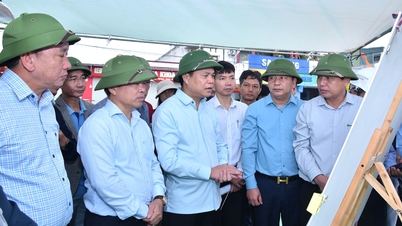







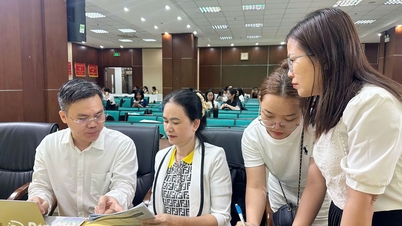

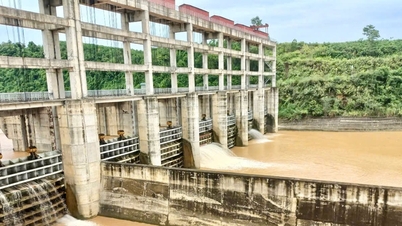






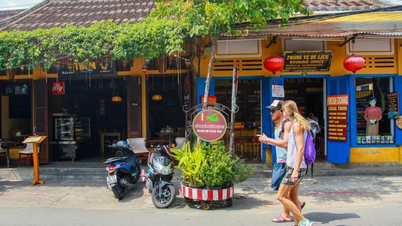
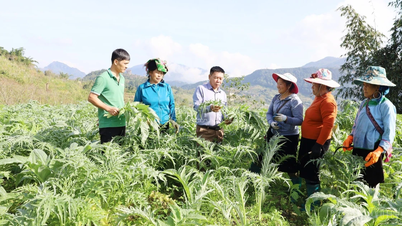
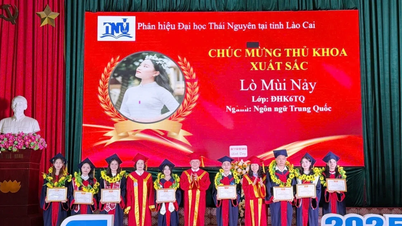
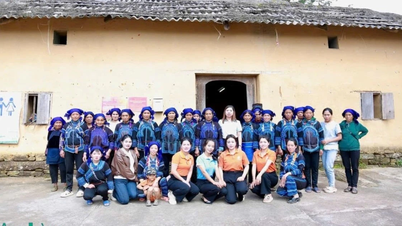
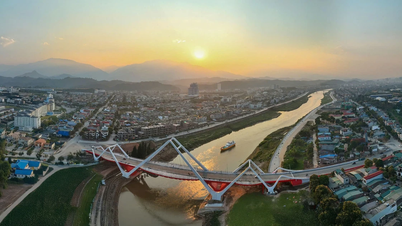
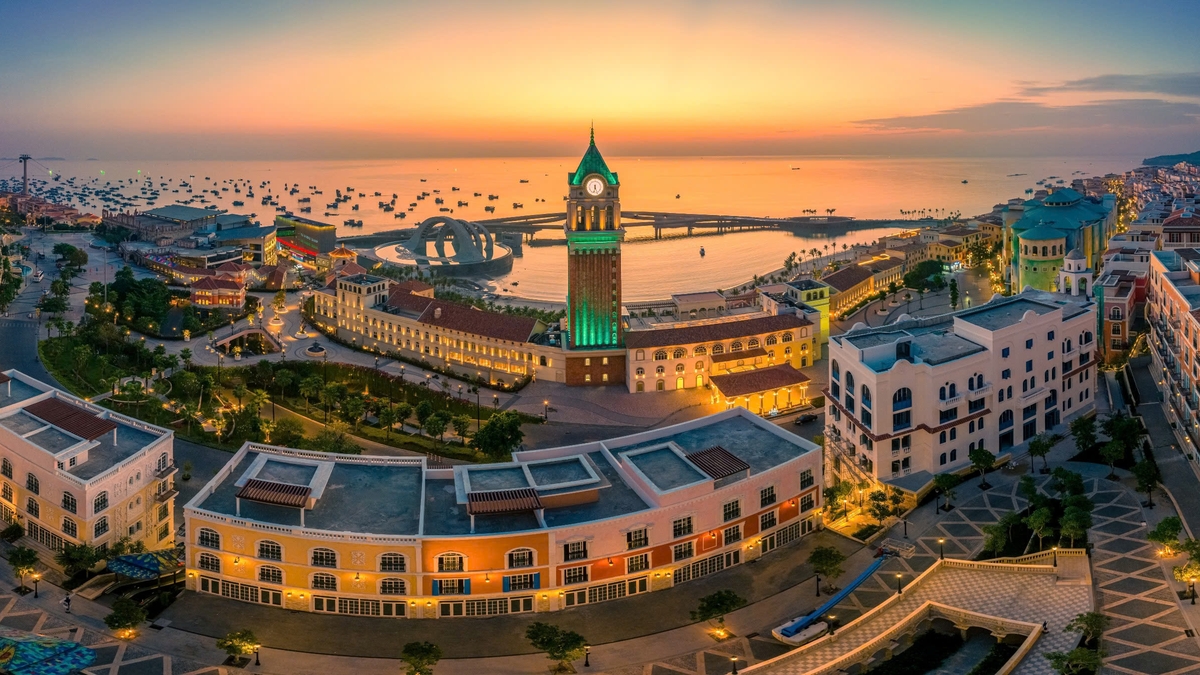



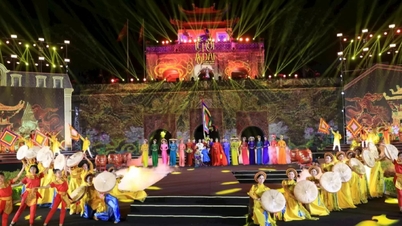

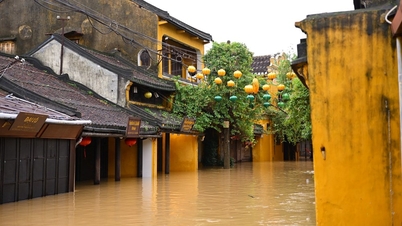

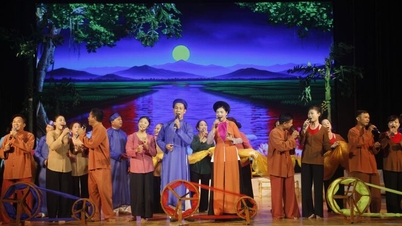







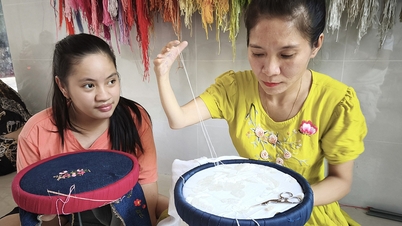



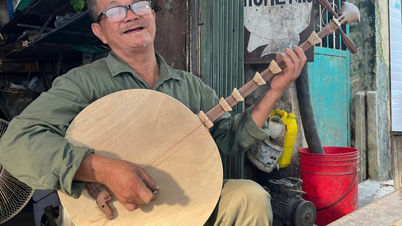






















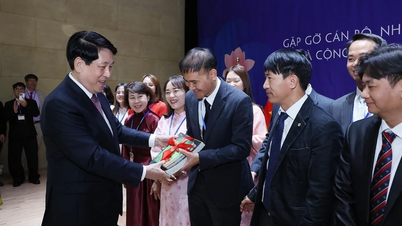

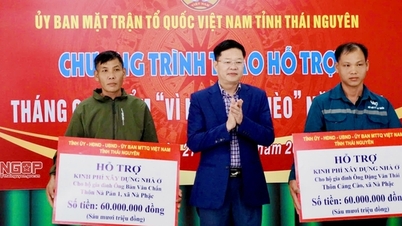

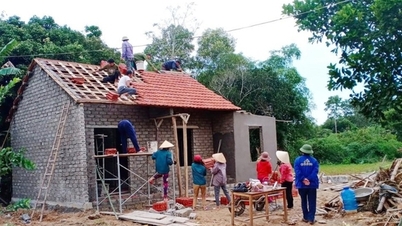



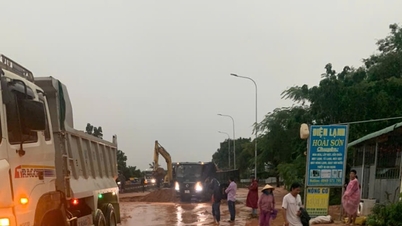
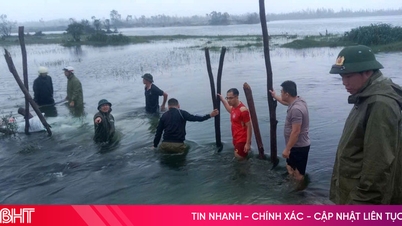




















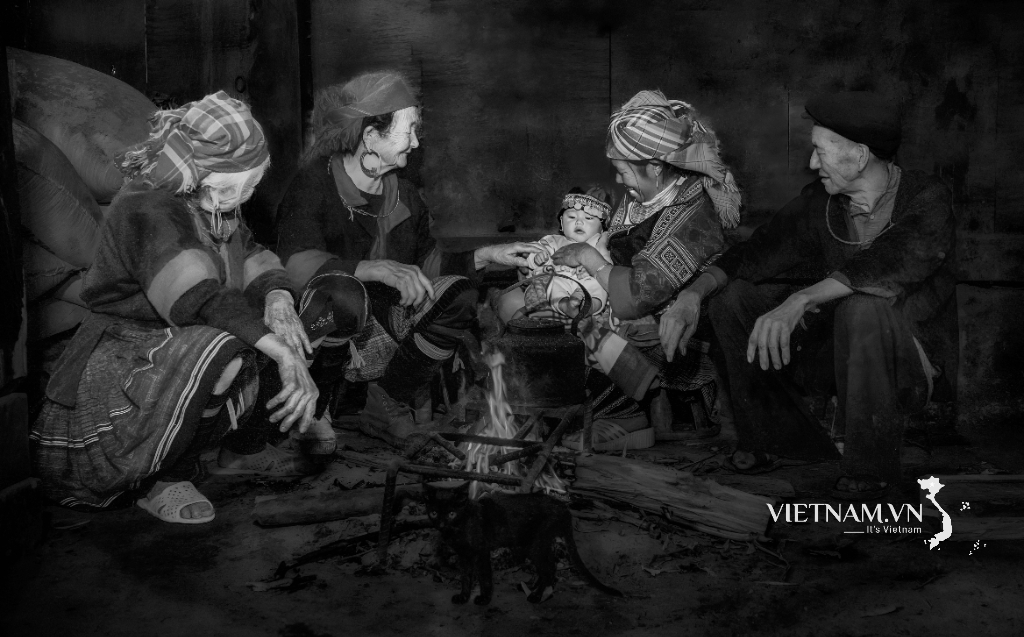
Comment (0)